- Home
- Home Ventilation
- Loft Ventilation
Why Loft Ventilation is so Important
Normally we only think about loft ventilation when we have an issue.
Perhaps you’ve gone to get your suitcases out of the loft only to find they’re covered in mould, or you’ve noticed condensation on the roofing felt, or roof timbers etc.
If that’s the case you need to do something NOW!
Condensation in your loft will not only cause damage to anything you’ve stored up there but it can get inside your loft insulation reducing it’s effectiveness; and once your insulation is damp you’ll struggle to dry it out.
If it gets really bad condensation can eventually saturate your insulation (especially if the condensation is constantly dripping in one location). This will lead to damp patches appearing on the ceilings below as can be seen in the following image.
Even if your roof seems ok, it’s worth checking to make sure you’re got adequate ventilation in order to avoid potential issues in the future.
Why Has Loft Ventilation Become a Hot Topic in Recent Years?
In the past our homes were poorly insulated and pretty draughty. So water vapour rarely got a chance to build up inside as it was replaced by fresh air coming in via these draughts. Meaning it was removed before it got a chance to create any problems.
At this time loft areas were also warmer than they are today as very few would have been insulated. So any heat in the house would rise up and warm the loft area making it less likely that any water vapour that hadn’t been removed by the draughts in the house would condense in the loft.
Now however, we all want to reduce our heating costs and keep our homes as warm as possible for as long as possible. So we insulate the walls and loft and reduce the draughts through the fabric of our home by fitting modern windows and doors etc.
These measures may be great for reducing the running costs of our house and helping it stay warmer for longer. However all this extra insulation means the loft area (above the insulation) is now cooler as the heat is trapped in the rooms below.
Plus we typically just roll out insulation in our lofts without fitting a vapour barrier, sealing around wires for lights and our roof hatches are often ill-fitting.
So what’s wrong with that I hear you ask?
These small gaps will allow water vapour to get up into your freshly insulated loft area, where it can come into contact with lots of cold surfaces.
Any water vapour that does get into your loft is now at greater risk of condensing on the underside of your roof cover or any other cold surfaces it comes into contact with.
To reduce the chances of condensation you need to increase the ventilation in your loft to try and get rid of any water vapour that may be present, before it manages to condense.
Why Would the Standard Ventilation Not Work?
The roof ventilation built into your house would have been adequate at the time of construction.
However if you’ve added anything that could have made the loft area cooler (such as increasing loft insulation) or reduced the effectiveness of the existing ventilation (such as fitting insulation that partially or completely blocks existing vents) then you’ll probably need additional ventilation.
Or at the least make sure any existing vents are not blocked.
Common things that could increase the risk of condensation in your loft:
- Fitting insulation over existing vents.
- Header tank in loft is warm causing water vapour to vent into the loft (this is a job for a plumber).
- Excessive water vapour from your house getting up into the loft. Possibly via gaps around light fittings, services or a poorly fitted loft hatch.
- increasing the level of insulation in your loft without providing additional roof ventIlation.
Different types of Loft Ventilation:
Loft ventilation comes in many forms but the most common in the UK and Ireland are eaves vents and tile vents. The main types as as follows:
- Running vents which run the full length of the soffit boards. These are typically installed at the time of construction.
- Circular soffit vents which are as they sound, little plastic vents cut into the soft boards. These are usually retrofitted to properties. Quite often when remedial work is being carried out such as installing additional loft insulation or fitting PVC eaves cladding.
- Ventilation tiles/slates are another method of providing additional ventilation to a property which had restricted ventilation at the time of construction.
Regardless of what type of ventilation your loft has or what type you intend to add it’s important to make sure that you have good cross ventilation.
So make sure you fit vents to opposite sides to make sure that the wind draught has an entrance point and a separate exit point.
If you live in a modern house and can't see any evidence of ventilation don't panic, it's there (Building Control insists it's installed) but you may not be able to see it, as it's likely hidden behind your gutters.
What to do if Your Ventilation is Inadequate:
If you feel your loft ventilation is inadequate there are several ways of increasing it.
But before you go down the route of providing more ventilation check to see if you just need to uncover existing ventilation that has been covered when your insulation was added.
Go outside an look up at the underside of your eaves. If you can see vents then go up into your loft and make sure they aren’t obstructed by insulation. If it is simply move it back from the vents and make sure there’s adequate room for the air to circulate.
If you’ve had insulation fitted and your house didn’t have roof vents the installing firm should have added additional roof vents either in the from of circular soffit vents or by replacing a few roof tiles with vent tiles (typically four or more).
Place image here
If they installed eaves vents, and I appreciate this sounds silly, but make sure they actually fitted the vents correctly.
- Soffit Vents - It wouldn’t be the first time I’ve looked at a property with lots of circular soffit vents fitted to the lovely new PVC soffit and facia. Only to find that they had been installed into the PVC, but the soffit board behind it hadn’t been drilled through.
So while it looked like there was lots of vents none of them actually vented into the loft area. - Tile/Slate Vents - If you’ve had tile vents fitted get up into the loft and make sure the sarking felt/membrane (the waterproof felt under the roof tiles has been cut below the tile vents to allow air in.
If you’ve checked all the above and decide that you do need additional ventilation you could have circular soffit vents fitted. Or have a few roof vents fitted by a professional roofer (as it involves getting up onto the outside of your roof and removing a few roof tiles before replacing them with vented tiles/slates).
Conclusion:
If you’ve got condensation issues in your loft it’s now relatively easy to resolve by adding additional loft ventilation. Please don’t ignore any issues you may have as they’ll only get worse (and more expensive to fix) the longer you leave them.
Try to establish where the water vapour is coming from and if you can stop it from getting into the loft great. But if you can’t installing additional loft ventilation isn’t as difficult as it might sound.
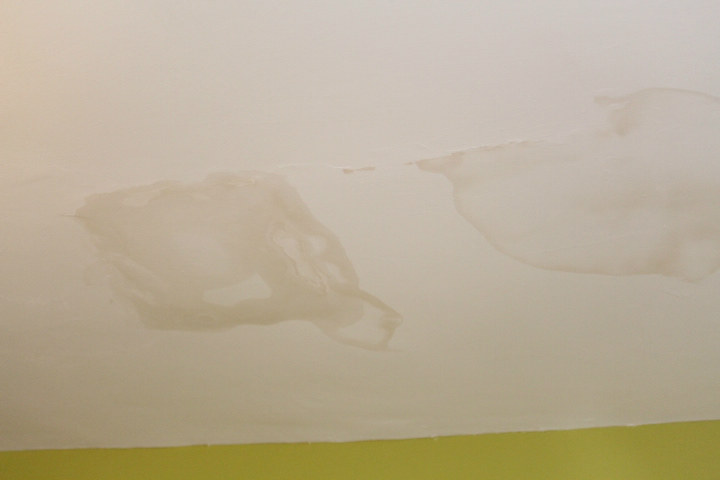
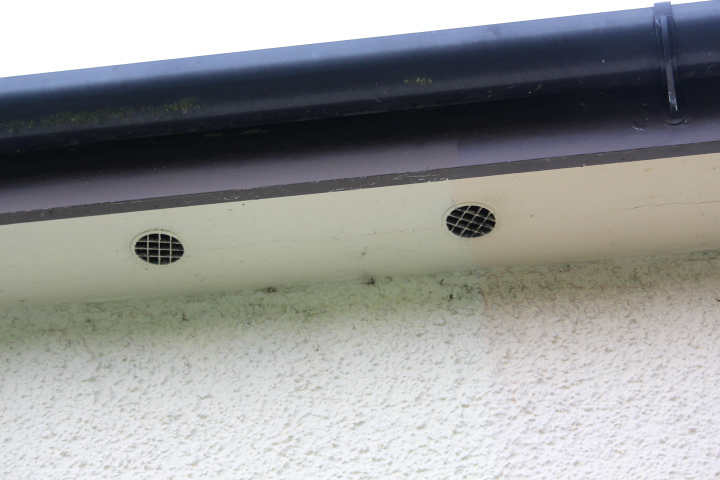
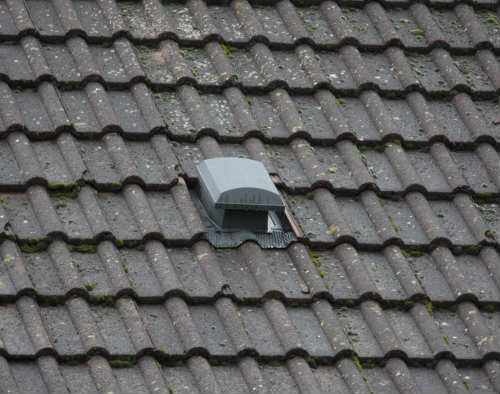
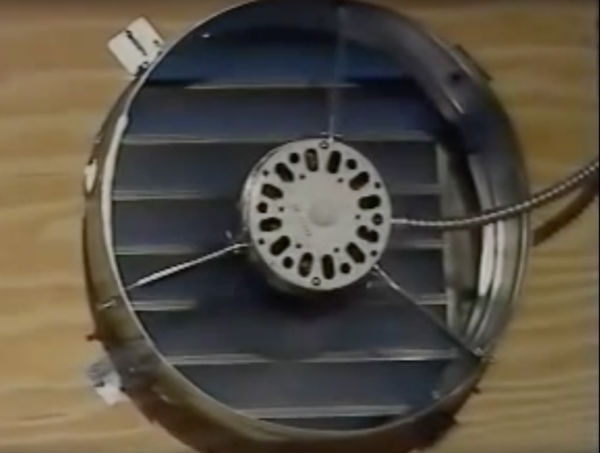
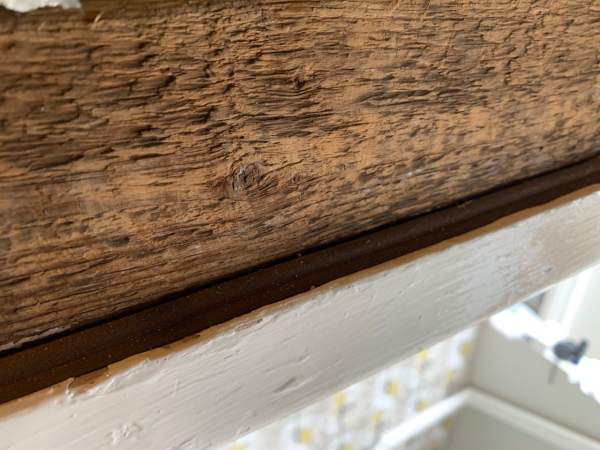
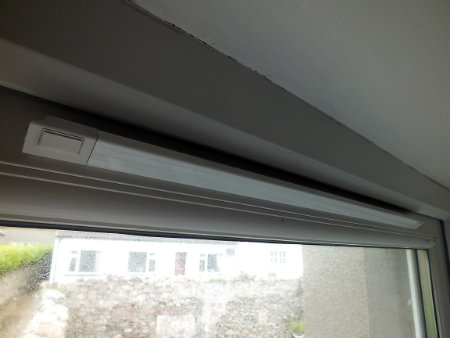
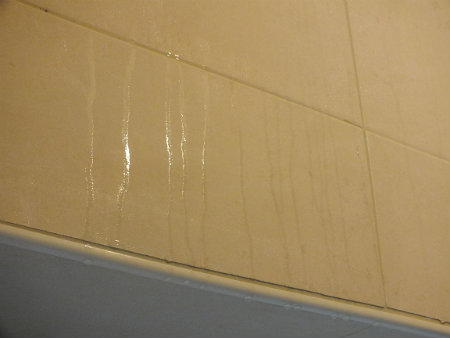
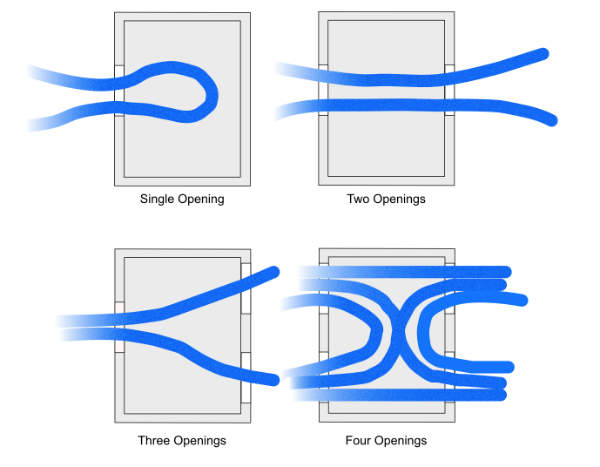

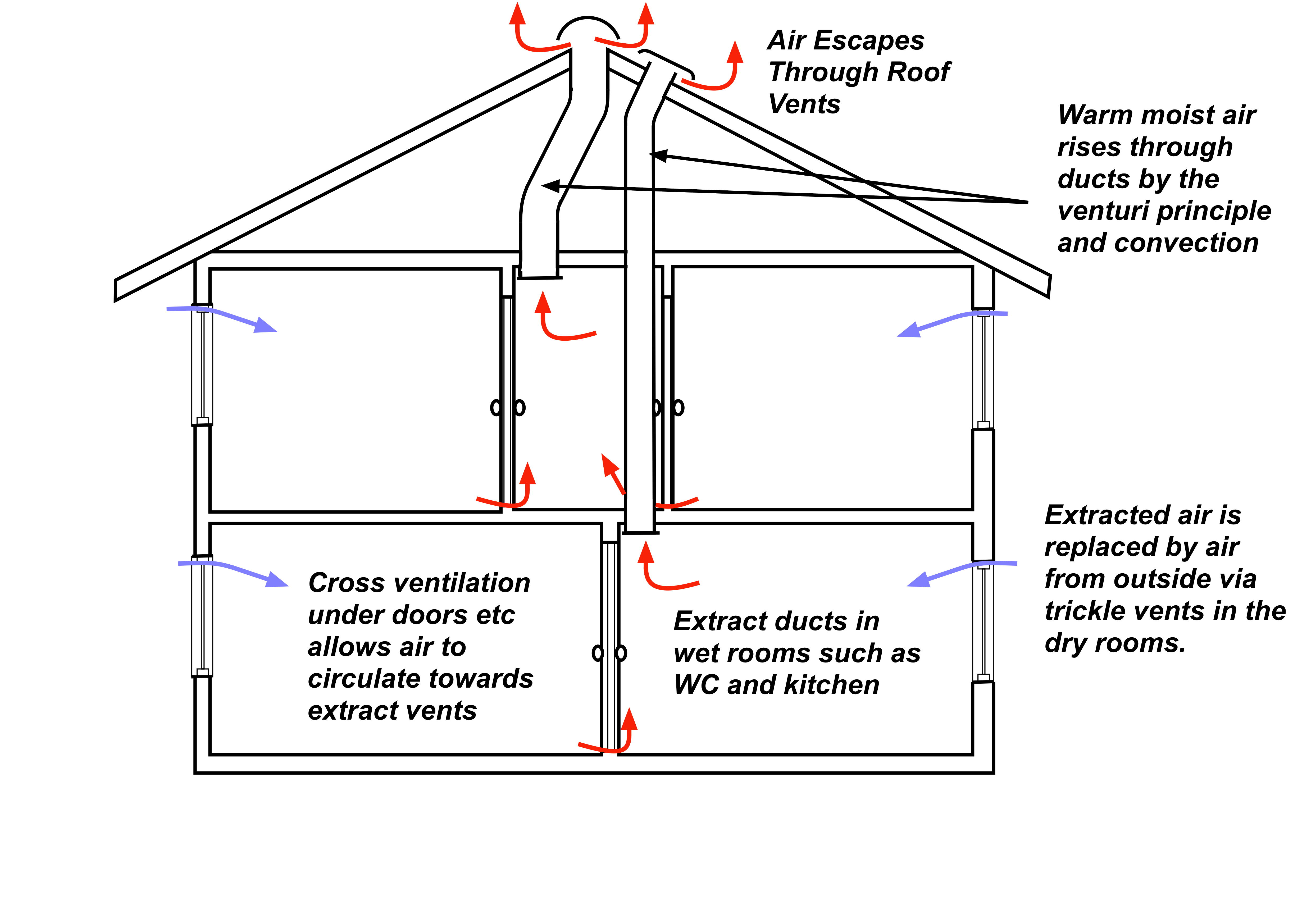
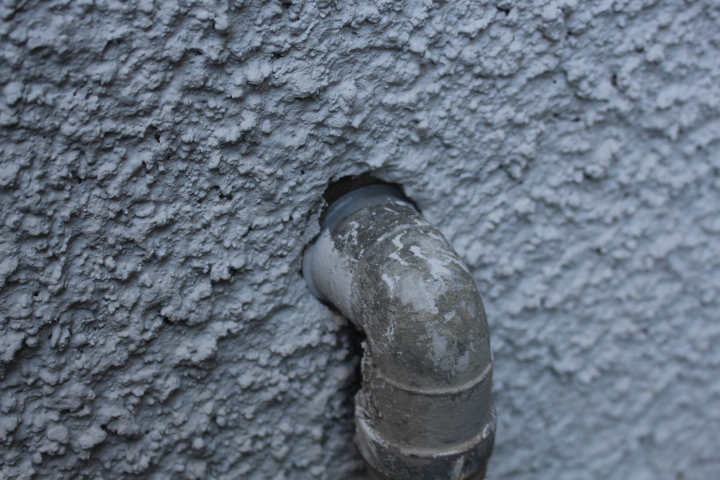
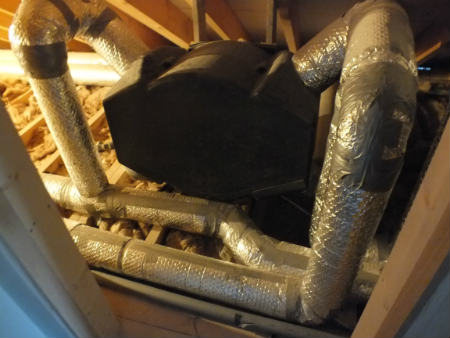







New! Comments
Have your say about what you just read! Leave me a comment in the box below.